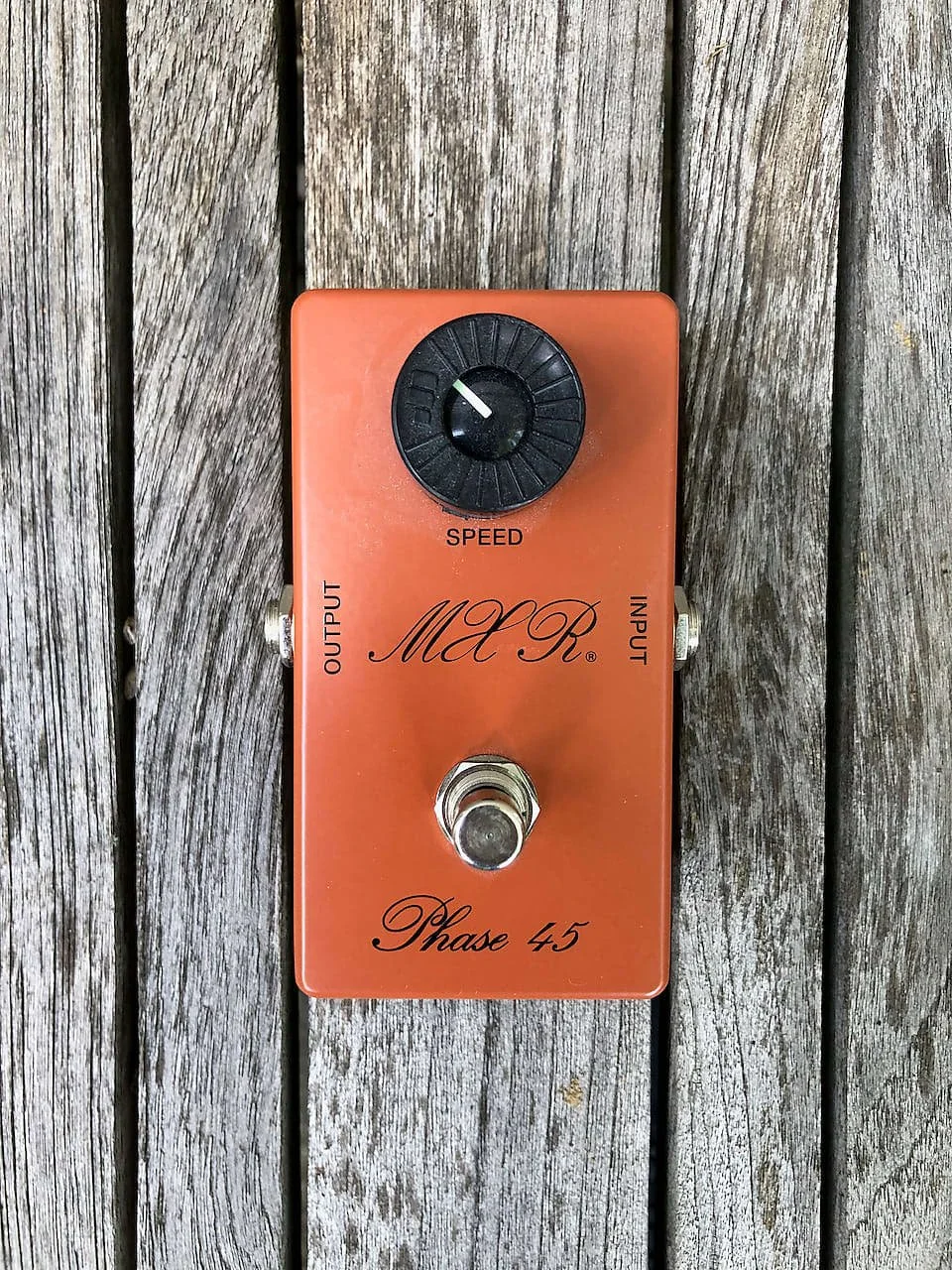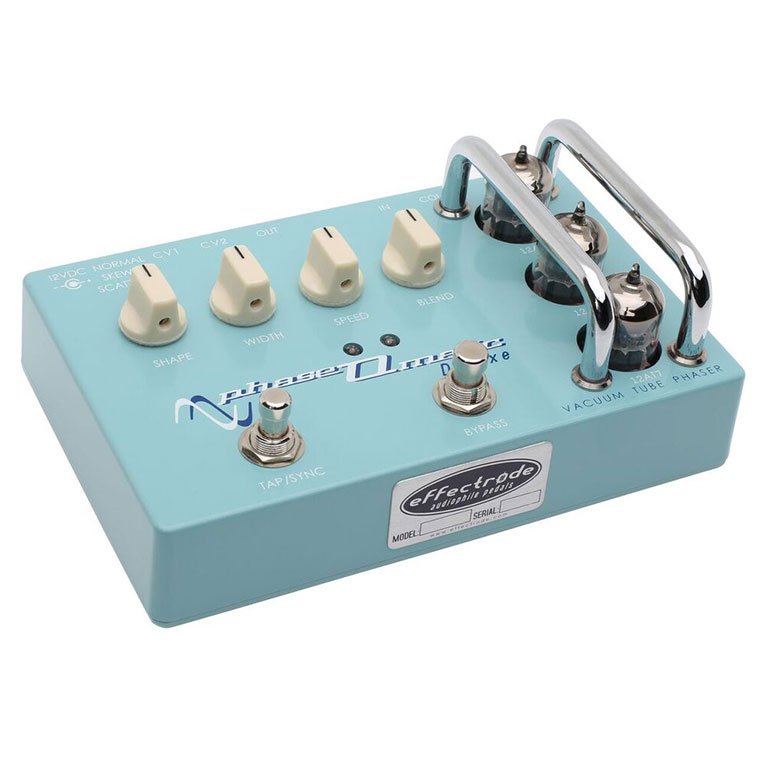Jam Ripple Phaser
A wide variety of phaser pedals are available, each with unique characteristics and history. One notable figure in the development of phaser pedals is Tom Oberheim, who was also responsible for designing the OB-X synth in the late 1970s.
While the Univibe, created in 1968, can be considered a type of phaser, it doesn't quite capture the distinct phasing tone that became the defining characteristic of phasers.
The term "phasing" initially started being used to describe the tape-flanging effect discovered by engineers in the late 1960s. Still, "flanging" and "phase" took a few more years to define and differentiate clearly.
Beginnings
The Maestro Phaser PS-1, designed by Tom Oberheim, is considered the prototype of what we now refer to as a phaser. Subsequently, other notable phaser pedals, such as the MXR Phase 45, Phase 90, Phase 100, and many more, were introduced.
Although both phase and flange are modulation effects, they have distinct sounds and applications. They are often used differently depending on the desired effect and musical context.
All the Worlds a Stage
A critical consideration regarding phaser pedals is the number of stages they have. For example, the Jam Ripple is a remake of the original MXR Phase 45, a two-stage phaser. It offers upgrades, including a lower noise floor and true bypass circuitry.
The Phase 90, on the other hand, has four stages of phase. The number of stages determines the number of frequencies at which the phase is altered, resulting in a broader range of tonal variation from dark to bright. Some prefer the sound of two-stage phasers, as they have a mellower character. Phasers with more stages can sometimes sound artificial or plastic-like, although this can appeal in certain situations. In general, two-stage phasers are considered more versatile.
“A phaser creates its unique sound by creating a series of peaks with a filter that is modulated using an LFO”
A phaser creates its unique sound by creating a series of peaks with a filter that is modulated using an LFO (low-frequency oscillator). Unlike a flanger, there is no delay between the original and modulated signals. You hear a notch filter moving through the frequency spectrum at speed set by the LFO (speed knob).
Pop Culture
In recent times, it has become less common to find two-stage phasers on the market. However, the Jam Ripple offers a solution for those seeking a two-stage phaser. A vintage MXR Phase 45 might suit a studio setting but is not ideal for live performances.
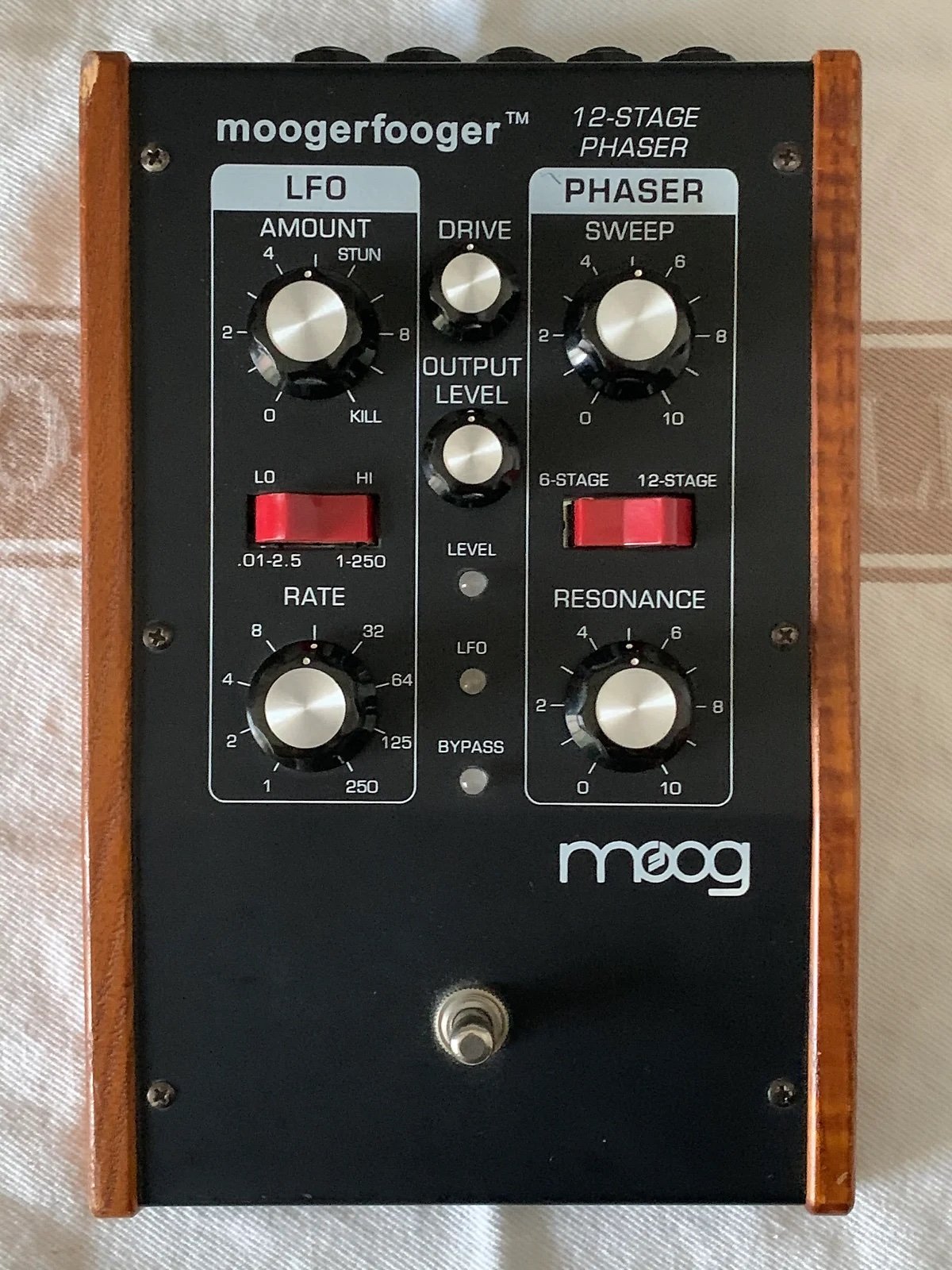
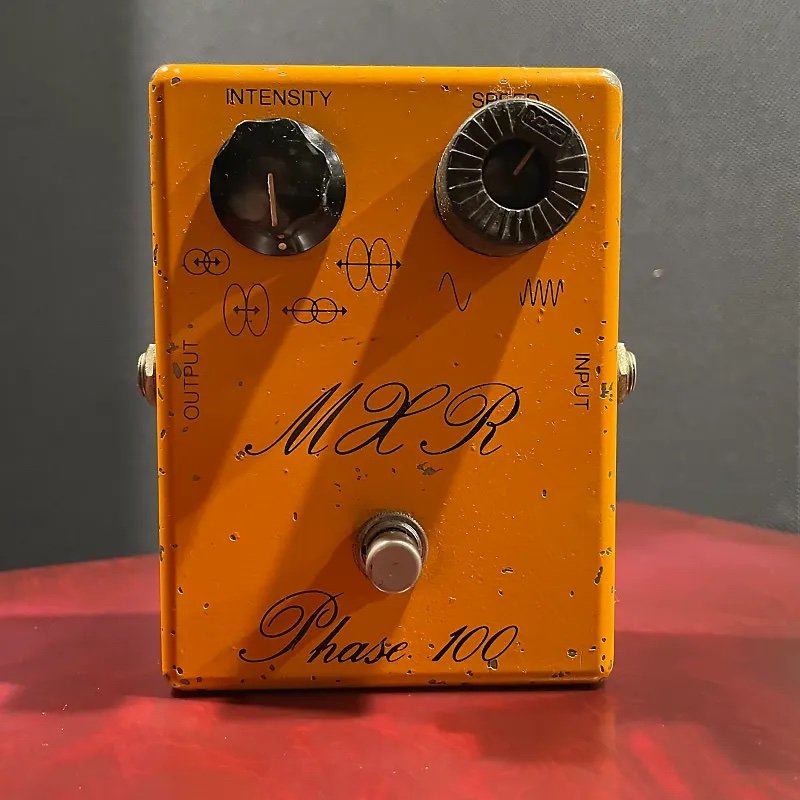
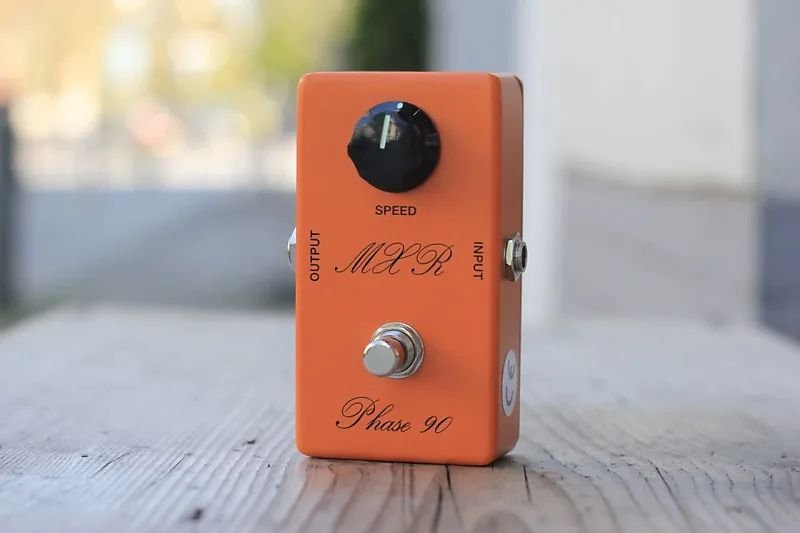
The Bypass Dilemma
Some older non-true bypass pedals had the drawback of negatively affecting the tone and causing bleed, meaning the phase effect could still be heard even when the pedal was bypassed. As a result, it became necessary to search for better alternatives. Before settling on the Jam Ripple, I tried various phasers.
One Knobber
The Jam Ripple is a simple yet impressive pedal with only one control knob. It is easy to achieve a great sound with this pedal, making it suitable for both experienced and novice users. It's worth noting that plugging in the pedal is, of course, a necessary step for operation.
On the Record
Some classic examples of a phase pedal in action are Hearts "Barracuda," Live's "Lightening Crashes", and Billy Joel's "I Love You Just the Way You Are." The Clash's "Jimmy Jazz," Van Halen's "Unchained," Led Zeppelin's "Ten Years Gone," and many more. Sex Pistols anarchy in the UK. Radiohead's "Fake Platic Trees"
Overall, the Phase 45 guitar pedal has indelibly impacted the music world. Its warm and subtle phasing effect has been embraced by guitarists in various genres, from classic rock and funk to progressive rock and beyond. With its simple yet effective design, the Phase 45 continues to be a favored choice for musicians seeking to add a touch of vintage modulation to their sound.
Jammy Jam
Jam Pedals is a boutique pedal company based in Athens, Greece; Jam Pedals has gained a reputation for producing exceptional pedals that offer unique tones and outstanding build quality.
Wiggle
One variance you may find in phase pedals is in speed. Many can do quite fast to get Leslie-like effects. But how slow a phaser can modulate is worth looking at in more detail. Some phasers allow you to move very slowly through the frequency spectrum, such as the Effectrode Phaseomatic, a tube phaser that can move at extremely slow rates and set to a stationary position, which is rare in a phaser pedal.
Most phasers like the Jam Ripple don't move quite this slowly. But if you're into slow modulation that creates subtle movement over time, it's worth listening to when auditioning phasers.
Sometimes I like to set the Jam Ripple at its slowest speed. This way, you hardly hear the phaser working, but the sound isn't static. Slow-speed phasing is particularly useful for ostinatos or sections that rapt for quite some time. I prefer the two-stage phaser for this, as I want the movement to be subtle, so you hardly know it's happening. It's more of a subconscious effect. You can, of course, try a phaser with more stages of your desire. I'm just speaking of my personal choices.
Placement Ideas for Color
Getting creative with the placement of a phaser can lead to exciting results. As it boosts frequencies, putting a phaser before a drive pedal alters how your signal overdrives, causing specific frequencies to stand out or distort. It becomes interactive with a drive pedal or overdriven amp.
On the other hand, positioning a phaser after a drive pedal adds phasing to your sound in a non-interactive manner. Both approaches have merits, and understanding their placement can help troubleshoot issues like excessive saturation on specific frequencies or insufficient excitement in others.
I've mentioned this before, but I don't use pedals in a static position. I move them around a lot based on the gig or session.
The same idea applies to placing a phaser before or after a delay. When you place a phaser before a delay, you create cool layered phasing effects, as the delayed signal will be in a different part of the phase cycle than the dry sound. Phaser before delay can blur the original statement of the phaser. So, if you're not looking for a layered phase effect, putting the phaser after the delay is ideal.
Now, let's chat about something not often discussed - phaser after reverb. It can yield exciting results! Imagine this: reverb adds sustain, and that sustain can be either a snapshot of the last thing heard or continuously modulated. When you use a phaser after a long reverb trail, even after you stop playing a chord or riff, the phaser continues to phase the reverb tail. I've tried this in live setups on my pedalboard and through send and returns in the studio or via re-amping.
“if you enjoy manipulating sound, it’s fun to consider how each placement gives you access to different expressions”
Many guitarists prefer a one-size-fits-all approach, which is perfectly fine. But if you enjoy manipulating sound, it's fun to consider how each placement gives you access to different expressions.
And remember, this applies not only to guitar and keyboards but also to drums and vocals. Phasers can add a cool touch in unexpected places. Using a trusty re-amp box, you can run all your pedals through your guitar pedals, resulting in a superior sound to plugins.
Even when using a virtual instrument, I send the signal to the Jam Ripple and then into my Ampete, connecting to a real guitar amp to enhance the tone. Trust me; it's worth it!
Examples:




